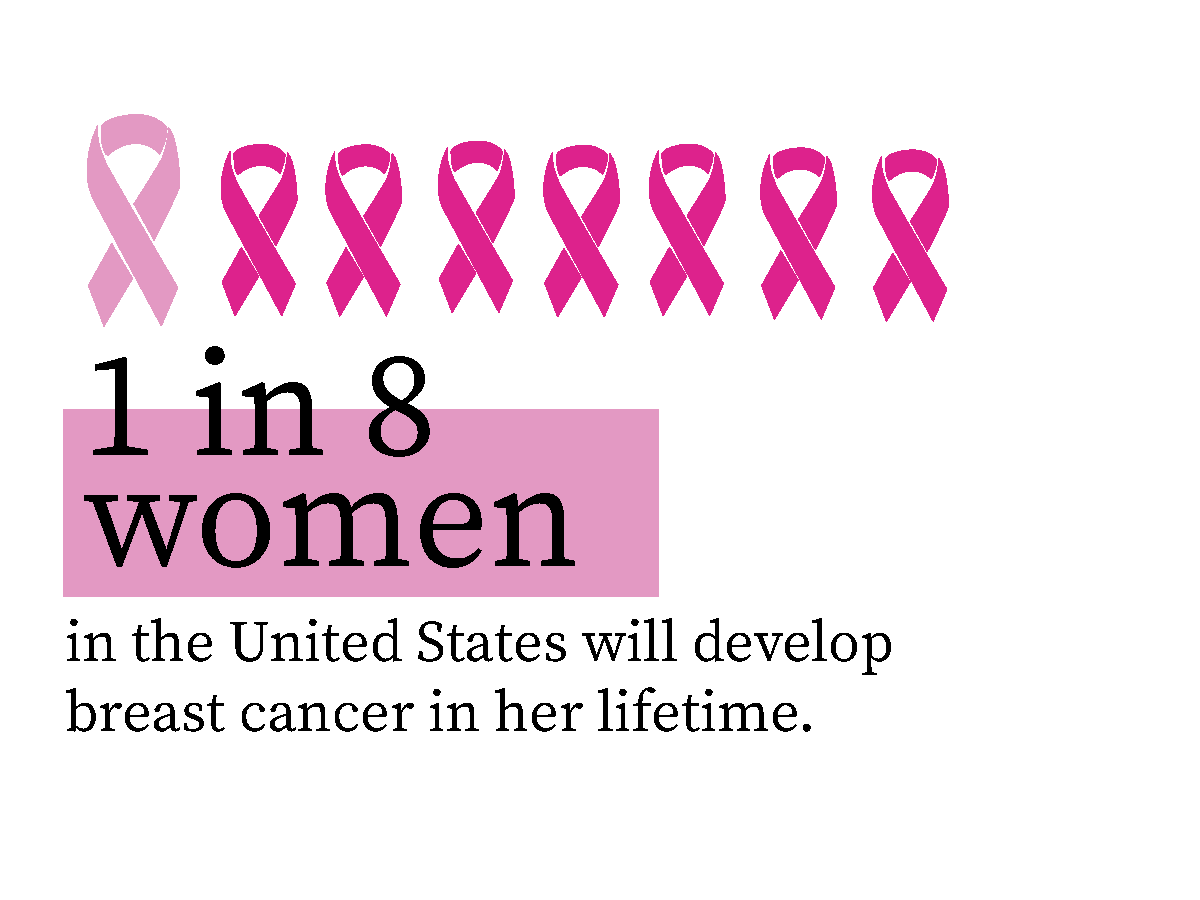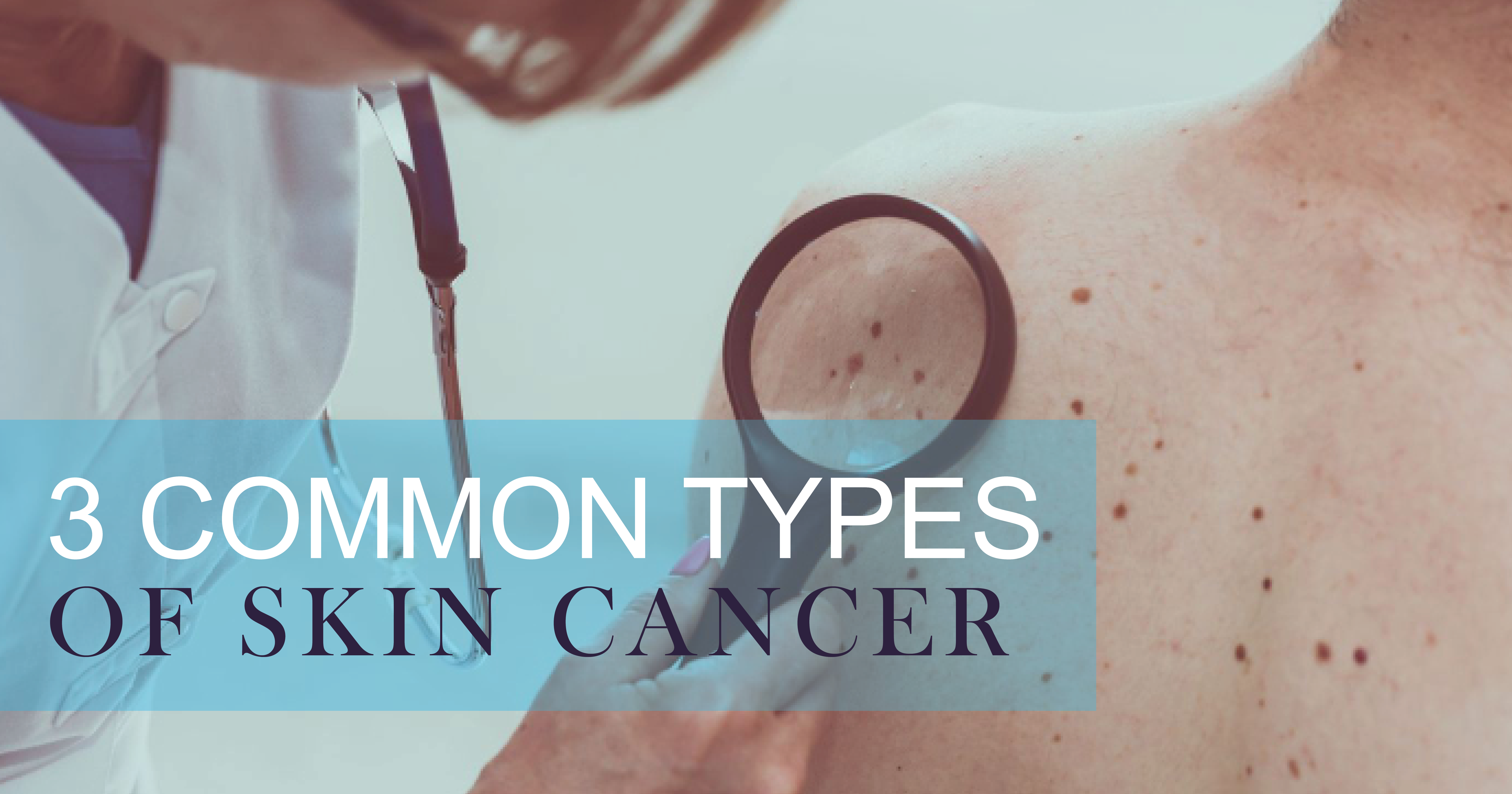
If you have been diagnosed with cancer, the holiday season can be a difficult time. What often comes as a stressful time of year, is further escalated with the news of cancer. It can be both physically and emotionally draining. Allow yourself to get in the holiday spirit and enjoy the fullness of the season with these recommendations from the National Cancer Institute, Center for Cancer Research.
Be okay with not feeling okay. Be in the moment, and identify when your thoughts or emotions don’t match with others’ emotions in the moment. For example, if you’re in a happy moment, and you can’t enjoy it, take a step back to check in with yourself. It’s good to try to share in happy moments and find joy for yourself, but you are allowed to feel your real emotions, give yourself time to cry and reflect if you need to.
Have a go-to list of friends and family for support. Make a list of trusted people in your life who you can talk to when you need someone to listen to your concerns. Find people who will be able to be the support you need, a listening ear, a smile, or a word of encouragement. Bring a support friend or family member along with you to holiday events, or when you feel overwhelmed or stressed, call someone from your list.
The food you eat makes a difference. Eating a balanced diet gives your body the nutrients it needs to function correctly, not just physically, but emotionally as well. Limit sugary foods and alcohol to avoid dips in your energy. Plan your meals or eat before attending parties and events if you think it will be difficult to stick to a balanced diet.
Ask for help. Hosting can be overwhelming, especially if you are going through treatment. If holiday traditions take place at your house, make the adjustments you need to accommodate for your health. Suggest a potluck instead of cooking dinner for everyone, or ask friends or family for help preparing. They can help wrap presents, clean the house or cook.
Take time for self care. Find activities that help you feel good and relax. Try new things and set routines. Go for walks or runs, try dance classes or painting, get a massage, find what you like and make time for it. While you make time for relaxing activities, also be aware of what activities add stress. Don’t overexert yourself, be okay saying not to things or taking a break from routines. Allow yourself to take small steps to complete tasks and do what you can to preserve energy.
Don’t be hard on yourself. There are a lot of things that are out of your control, be mindful of your self-blaming thoughts and instead be positive and focus on things you can actively control.
EXPERT CARE
Our caring team of experts are here to provide you with a custom-tailored treatment plan that is unique to your diagnosis, tumor size, location and involvement. Click on the button below to learn more.










